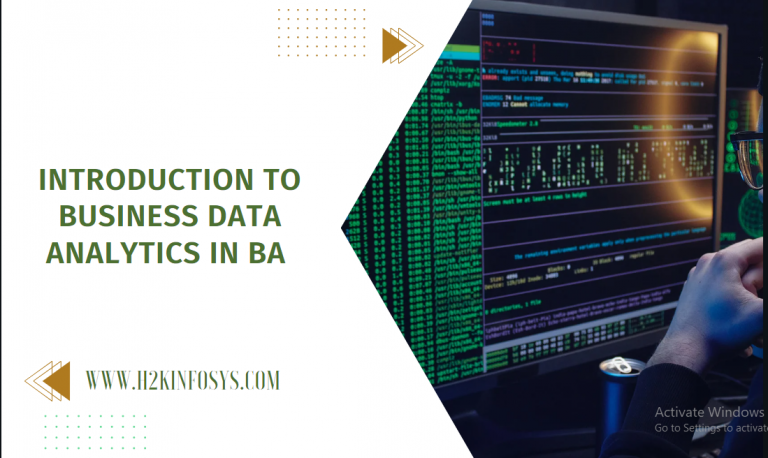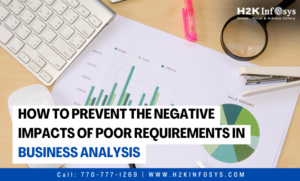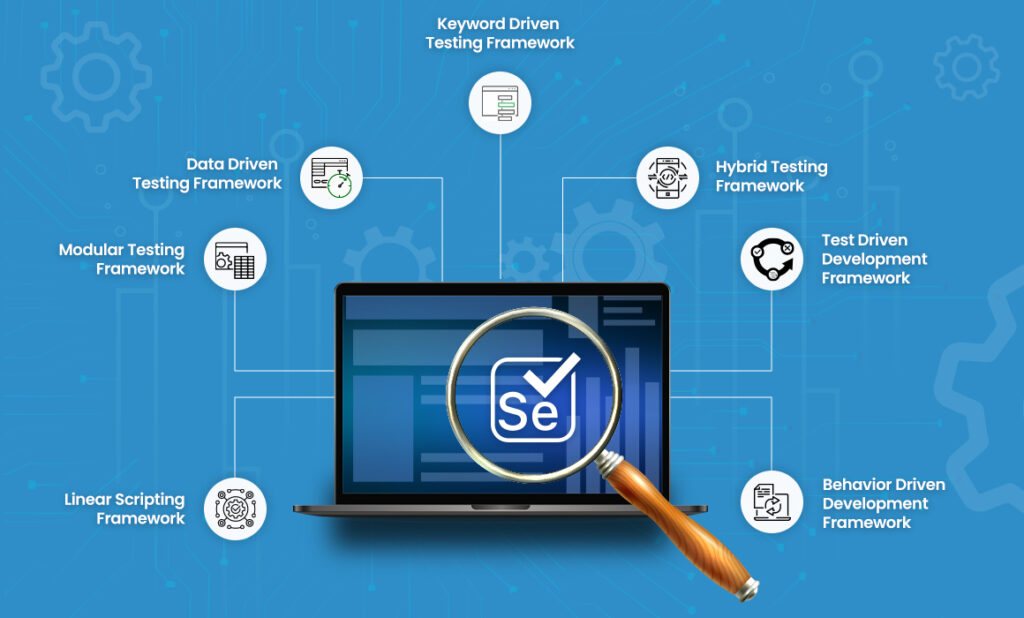Business data analytics is the practice of analysing huge amounts of organised and unstructured data using statistical techniques. The objective is to recognize trends in the data, spot areas for improvement, and base decisions on those findings.
Businesses can utilise business data analytics to boost performance in a variety of areas, including supply chain management, sales, and customer service. Check out the business analyst course online to learn more about Business Data Analytics.
What are the processes involved in business data analytics?
The process of analysing and understanding data, which is frequently a sizable volume of unstructured data, is known as business data analytics. This procedure tries to gather important data on the company or sector in particular.
In business data analytics, obtaining and arranging the data is the first step. This frequently entails deciding what kinds of information must be gathered, where it will be kept, and how rapidly it must be processed and analysed. After completing this process, the following step is to create a set of guidelines for interpreting and analysing the data gathered from each dataset piece. It is possible for this step to occur as a continuous process or as a component of the analytical phase.
After completing these processes, it’s time for some analysis! This can entail the use of sophisticated algorithms or programming languages to draw conclusions from unprocessed data sets that might not be simple for people to interpret alone.
The steps are broken down as follows:
Gathering and storing data
Data is gathered before it is used for analysis. It occurs when you are learning more about your client or company so that you can start to comprehend the situation.

After the data has been gathered, but before it is ready to be used by your modelling process, a process known as data purification takes place. This may entail eliminating duplicate records, combining records that are similar, and filtering out any data that doesn’t serve your particular model. This is crucial since failing to do so could lead to you receiving outdated or irrelevant information.
Although they can be done concurrently, data preparation and data purification are frequently done in separate steps. All of your raw data must be organised in a way that makes sense for your modelling procedure. This could entail fixing mismatched formats or adding missing values. For instance, if you’re preparing data on sales income per product category, you might want to integrate these numbers into one comprehensive report to make them simpler for clients to grasp.
The last step in the data preparation process is data transformation, which frequently entails converting raw data into something more useful before it enters your modelling system. This could entail converting raw data, such as prices per unit sold, into percentages or other measurements that are better suited for modelling (such as sales per customer).
When predicting future results using data modelling, mathematical equations are used to define correlations between variables based on historical trends discovered by earlier models created using related data sets.
Benefits of business data analytics
The usage of business data analytics can help you optimise your company’s operations. It aids in decision-making, the creation of new goods and services, and revenue growth.
Business data analytics has several advantages, including:
1.Better decision-making
Analytics enables you to examine vast volumes of data in order to decide how to use it most effectively. In order to understand what customers want and how much they want it, you may utilise analytics to track what they buy and when they buy it. Businesses can also use analytics to determine which products are selling well and which aren’t.

2.New products and services
By employing insights about what customers desire based on their purchasing habits, analytics can assist you in developing new products or services. For instance, if a particular product category in your store isn’t doing well, you might want to consider adding more of a different category to the shelves. A second option would be to try selling organic products in more than one store.
3.Increased income
Companies that use analytics frequently experience an increase in revenue as a result of having greater knowledge of the needs and wants of their clients.
Similar to other types of analytics, business data analytics aids in decision-making. There’s more to it than simply numbers and graphs. Business data analytics is all about using data to comprehend the company and assist in making decisions that go beyond “What do the numbers say?”
Conclusion
Big data and predictive modelling are just two aspects of it. Analytics for business data includes methods like text mining, which let you discover items in your data by looking for patterns. Making money isn’t usually the goal, but it occasionally is. Some companies utilize business data analytics to learn more about the behavior and demands of their consumers, which helps them create goods or decide how to run their operations to boost their bottom line. There are good courses for business analysts where you can learn about Business Data Analytics.





























